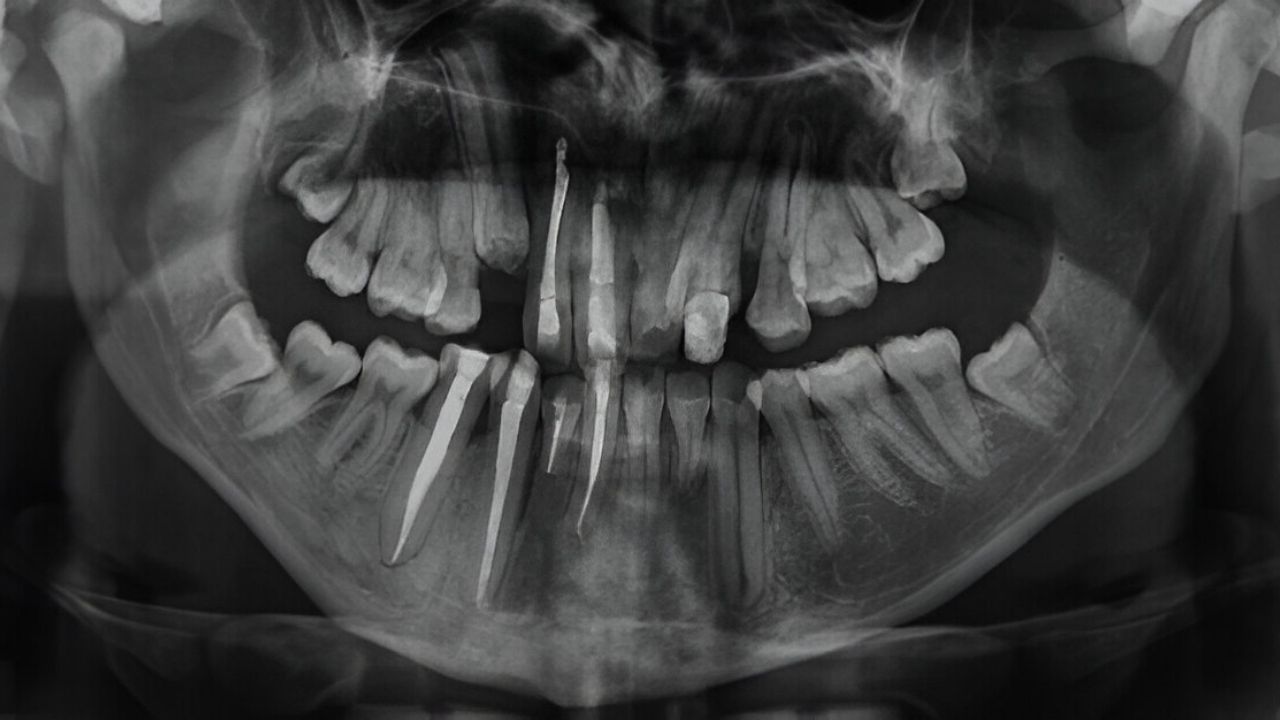
Radiculomegaly of canine teeth and congenital cataract are two intriguing conditions that can affect both humans and animals. Radiculomegaly involves the abnormal elongation of the tooth root, often leading to dental complications. On the other hand, congenital cataract refers to a clouding of the lens present at birth, which can impair vision. Understanding these conditions is crucial for proper diagnosis and treatment. This blog post will delve into 30 fascinating facts about radiculomegaly and congenital cataracts, shedding light on their causes, symptoms, and treatment options. Whether you're a pet owner, a dental enthusiast, or someone curious about medical anomalies, this post has something for you.
Key Takeaways:
- Radiculomegaly is a rare dental condition with abnormally long roots of canine teeth, causing dental issues in dogs. Regular check-ups and genetic testing can help manage and reduce its occurrence.
- Congenital cataracts in dogs can lead to impaired vision and may be linked to radiculomegaly. Early detection, regular eye exams, and surgical intervention can improve the quality of life for affected dogs.
What is Radiculomegaly?
Radiculomegaly is a rare dental condition characterized by abnormally long roots of the canine teeth. This condition can affect both humans and animals, including dogs. Here are some intriguing facts about radiculomegaly and its connection to congenital cataracts in canines.
-
Radiculomegaly is derived from the Latin words "radix" meaning root and "megaly" meaning enlargement.
-
This condition is often identified through dental X-rays, which reveal the unusually long roots.
-
Radiculomegaly can cause dental issues such as misalignment and crowding of teeth.
-
It is more commonly observed in females than in males.
-
The condition can be associated with other dental anomalies like enamel hypoplasia.
Canine Teeth and Radiculomegaly
Canine teeth, also known as cuspids or fangs, are crucial for tearing food. When these teeth are affected by radiculomegaly, it can lead to various complications.
-
Dogs with radiculomegaly may experience difficulty chewing due to the misalignment of teeth.
-
This condition can lead to increased wear and tear on the teeth, causing them to become more susceptible to fractures.
-
Dental hygiene becomes more challenging, increasing the risk of periodontal disease.
-
In severe cases, extraction of the affected teeth may be necessary to prevent further complications.
-
Regular dental check-ups are essential for early detection and management of radiculomegaly in dogs.
Congenital Cataracts in Canines
Congenital cataracts are a condition where a dog is born with clouded lenses in their eyes, leading to impaired vision. This condition can sometimes be linked to radiculomegaly.
-
Congenital cataracts can be hereditary, passed down from parent dogs to their offspring.
-
The condition can affect one or both eyes, varying in severity.
-
Early signs of congenital cataracts include a bluish-gray appearance in the eyes and difficulty navigating.
-
Surgery is often required to remove the cataracts and restore vision.
-
Regular eye examinations are crucial for early detection and treatment of congenital cataracts.
The Link Between Radiculomegaly and Congenital Cataracts
While radiculomegaly and congenital cataracts are distinct conditions, they can sometimes occur together, indicating a possible genetic link.
-
Some genetic syndromes in dogs can cause both radiculomegaly and congenital cataracts.
-
Breeds like the Miniature Schnauzer and Boston Terrier are more prone to these conditions.
-
Genetic testing can help identify carriers of the genes responsible for these conditions.
-
Early diagnosis and intervention can improve the quality of life for affected dogs.
-
Breeding programs should consider these genetic factors to reduce the incidence of these conditions.
Managing Radiculomegaly and Congenital Cataracts
Proper management and care can help dogs with these conditions lead healthy lives. Here are some tips for managing radiculomegaly and congenital cataracts in canines.
-
Regular dental cleanings and check-ups are essential for dogs with radiculomegaly.
-
Providing a balanced diet can help maintain dental health and overall well-being.
-
For dogs with congenital cataracts, regular eye exams and monitoring are crucial.
-
Surgical intervention for cataracts should be considered if vision impairment affects the dog's quality of life.
-
Genetic counseling can help breeders make informed decisions to reduce the risk of these conditions in future generations.
Interesting Facts About Radiculomegaly and Congenital Cataracts
Here are some additional fascinating facts about these conditions that you might not know.
-
Radiculomegaly was first documented in humans in the early 20th century.
-
The condition is more commonly found in permanent teeth than in primary teeth.
-
Congenital cataracts can sometimes be detected through prenatal ultrasound in dogs.
-
Both conditions can be managed effectively with early intervention and proper care.
-
Research is ongoing to better understand the genetic basis of these conditions and develop more effective treatments.
Final Thoughts on Radiculomegaly of Canine Teeth and Congenital Cataract
Radiculomegaly of canine teeth and congenital cataract might sound like complex terms, but understanding them can help in identifying and managing these conditions. Radiculomegaly, characterized by abnormally long tooth roots, can lead to dental issues in dogs. Regular vet check-ups and proper dental care are crucial. Congenital cataract, a clouding of the lens present at birth, can impair vision. Early detection and treatment, often involving surgery, can significantly improve a dog's quality of life. Both conditions highlight the importance of regular veterinary care and being observant of any changes in your pet's health. By staying informed and proactive, you can ensure your furry friend leads a happy, healthy life.
Frequently Asked Questions
Was this page helpful?
Our commitment to delivering trustworthy and engaging content is at the heart of what we do. Each fact on our site is contributed by real users like you, bringing a wealth of diverse insights and information. To ensure the highest standards of accuracy and reliability, our dedicated editors meticulously review each submission. This process guarantees that the facts we share are not only fascinating but also credible. Trust in our commitment to quality and authenticity as you explore and learn with us.
